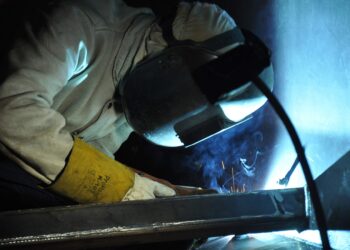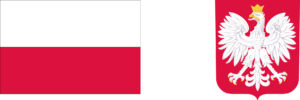The Central and Eastern Europe (CEE) region is a remarkable mosaic of languages, reflecting its rich cultural and historical tapestry. From major Slavic languages like Polish, Czech, and Slovak to lesser-known tongues such as Sorbian, Ruthenian, and Livonian, the linguistic landscape of CEE is diverse and complex. Preserving this linguistic heritage is crucial, not only for maintaining cultural diversity but also for fostering a deeper understanding of the region’s history and identity.
In CEE, languages have always been more than mere tools of communication; they are carriers of culture, tradition, and identity. However, the survival of many of these languages, especially the minority and regional ones, is under threat due to globalization, urbanization, and the dominance of larger languages in education and media.
Efforts to preserve linguistic diversity in CEE are multifaceted and involve various stakeholders, including governments, cultural organizations, and local communities. One approach is the formal recognition of minority languages and the provision of legal protections. For instance, the European Charter for Regional or Minority Languages, which several CEE countries have ratified, seeks to protect and promote regional and minority languages.
In education, bilingual and mother-tongue schooling play a crucial role in language preservation. For example, in Romania, the Hungarian minority has access to education in their language, which helps maintain linguistic heritage. Similarly, in Slovakia, the government supports education in the languages of national minorities, including Hungarian, Ruthenian, and Ukrainian.
Cultural initiatives and media also play a significant role in preserving linguistic diversity. Festivals, literary contests, and cultural programs that promote minority languages help raise awareness and keep these languages alive in public consciousness. In Poland, for example, the Kashubian language is celebrated through music, literature, and cultural events, contributing to its revival and preservation.
Technology and digital media offer new avenues for language preservation. Digital platforms, apps, and social media can provide spaces for the use of minority languages and facilitate their learning. In Estonia, the government has supported the development of digital tools and resources for the Võro and Seto languages, helping to promote their use among younger generations.
However, preserving linguistic diversity in CEE is not without challenges. Economic migration, the allure of larger languages for better opportunities, and declining numbers of native speakers pose a threat to many regional languages. The challenge lies in making these languages relevant in modern life without isolating their speakers from the broader global community.
Community involvement is key to the success of language preservation efforts. When local communities are engaged and take pride in their linguistic heritage, they become active participants in its preservation. This involves a bottom-up approach, where language preservation is not just seen as a governmental or academic task but as a living, community-driven endeavour.
Preserving the linguistic heritage of CEE is essential for maintaining the region’s cultural diversity and richness. It requires a balanced approach that respects linguistic rights, promotes multilingualism, and integrates these languages into modern life. As CEE countries continue to navigate their complex linguistic landscapes, their efforts in preserving their linguistic heritage will contribute to a richer, more diverse cultural world.






